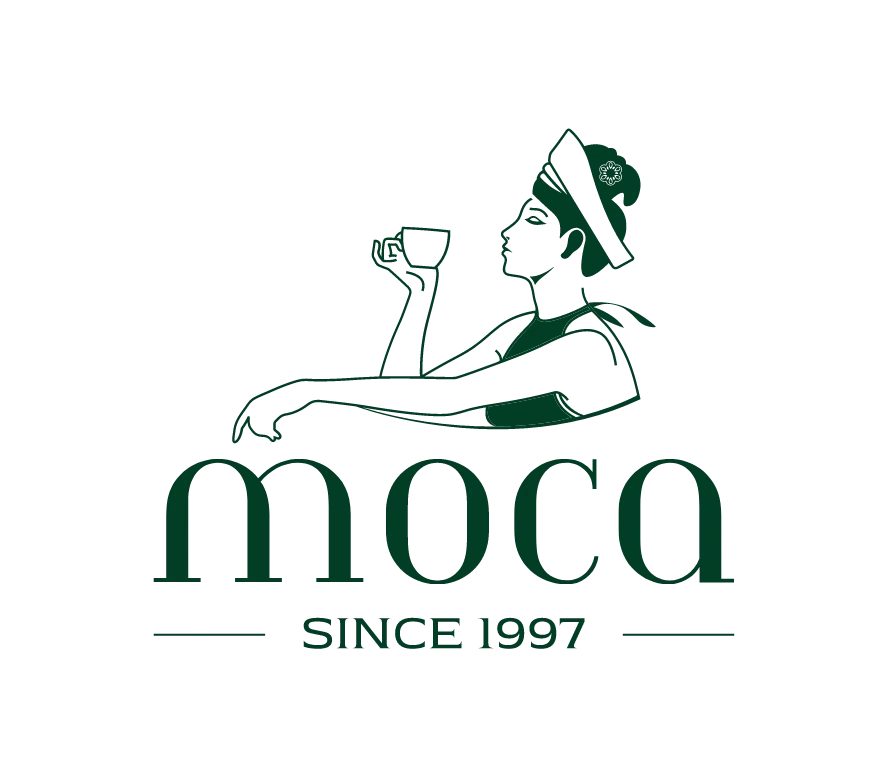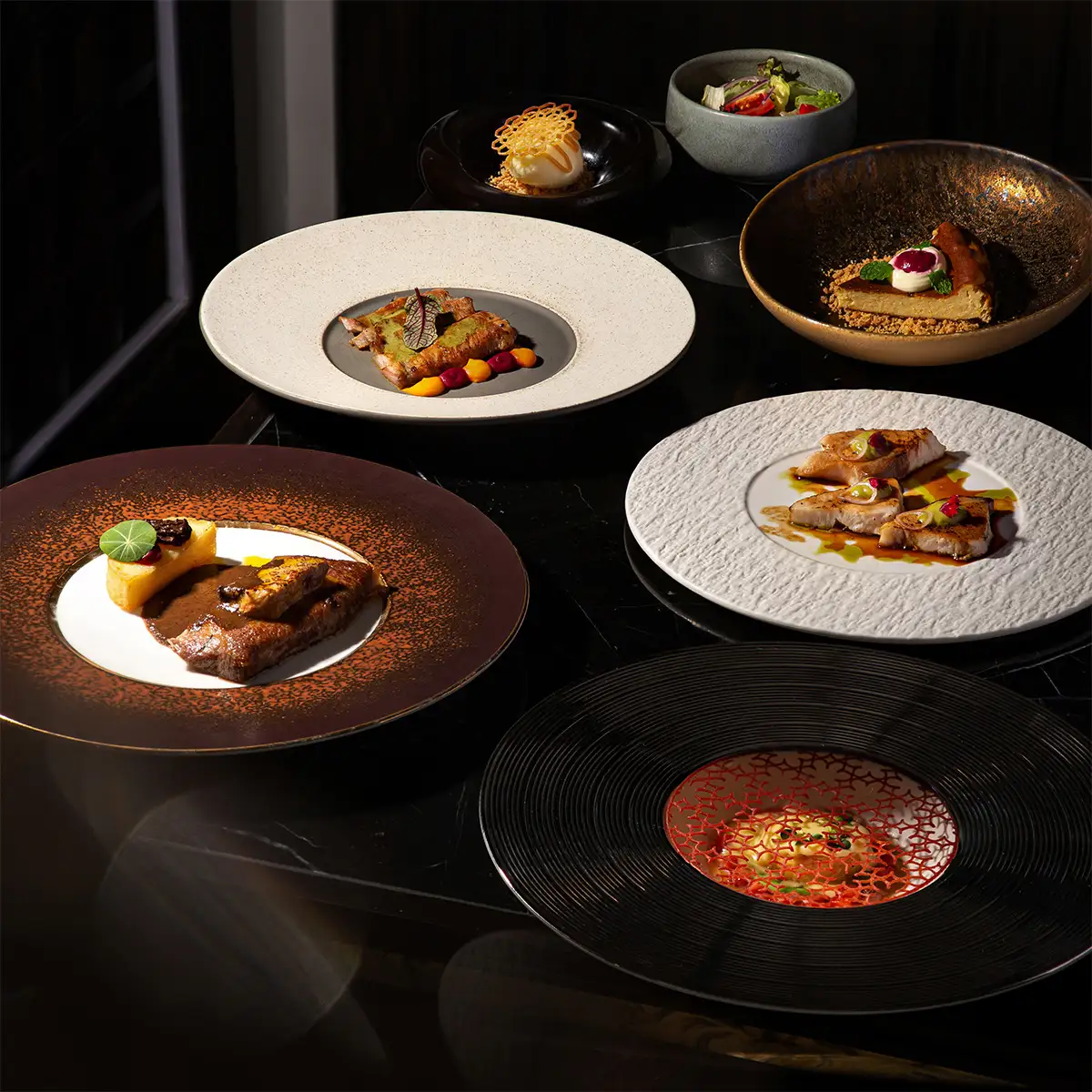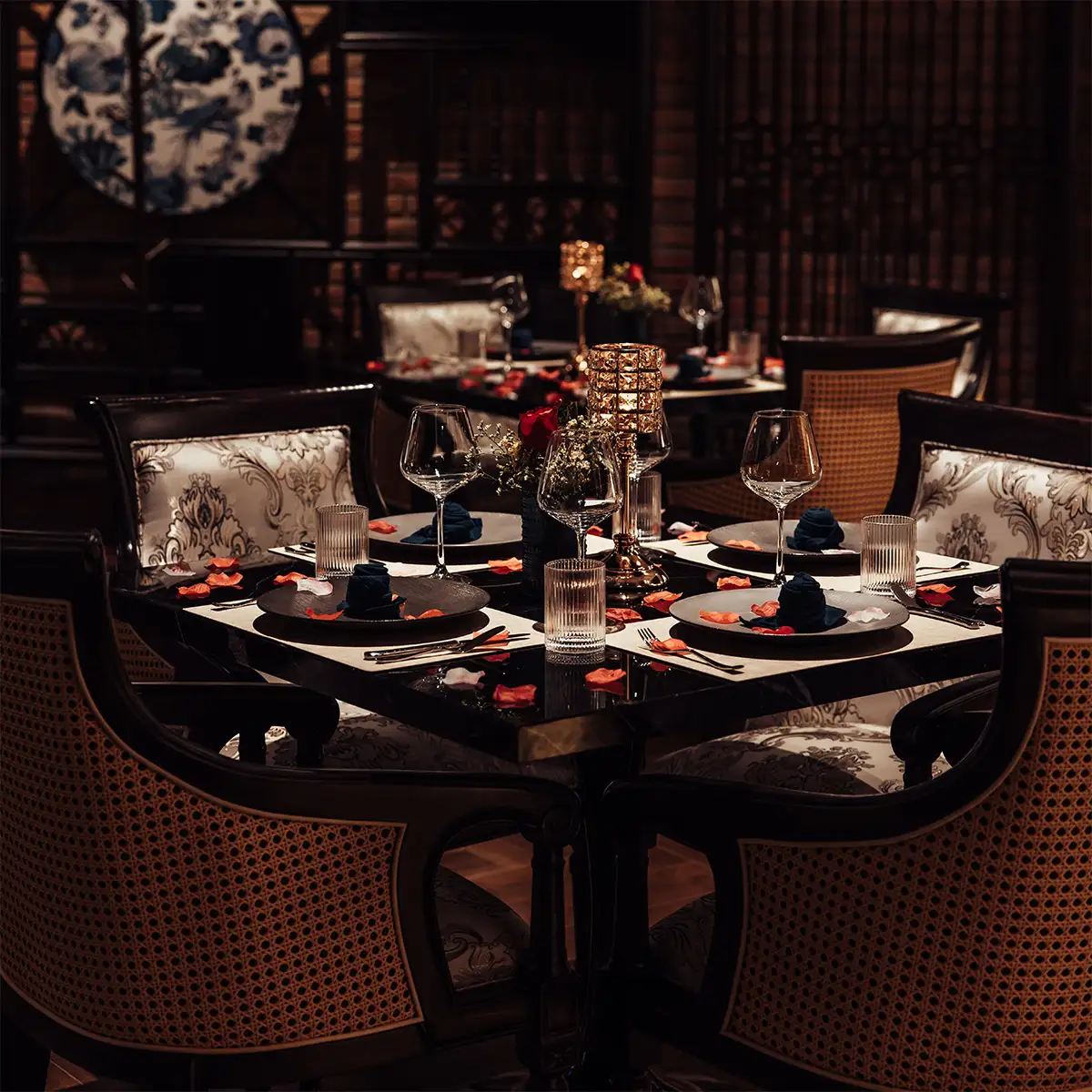Fine dining and sustainable cuisine represent two seemingly contrasting ideals—one rooted in luxury, exclusivity, and culinary perfection, the other grounded in environmental responsibility, ethical sourcing, and long-term impact. Traditionally, fine dining has stood as the pinnacle of culinary artistry, emphasizing rare ingredients, meticulous techniques, and an elevated dining experience. However, as global awareness of sustainability deepens, a transformative convergence is underway. This article delves into how fine dining and sustainable cuisine are coming together, redefining the future of high-end gastronomy through innovative practices, shared values, and the delicate balance between indulgence and responsibility.
1. The imperative of sustainability in modern gastronomy
1.1. Global environmental concerns and consumer awareness
The modern diner is more informed and conscientious than ever before. Growing public awareness of climate change, resource depletion, and the ethics of food production has fundamentally shifted consumer behavior, even within luxury markets. Patrons of fine dining establishments no longer seek pleasure in a vacuum; they demand transparency and responsibility.
Data shows that this shift is substantial, with some studies indicating that over 70% of luxury consumers prioritize sustainability and ethical practices when selecting brands. Furthermore, a significant portion of these consumers express a willingness to pay a premium for products and experiences that align with these values.
1.2. Redefining luxury: From extravagance to responsibility
This shift in consumer sentiment is forcing a redefinition of luxury itself. The pinnacle of gastronomy is moving beyond pure extravagance toward a model of conscious consumption. In this new paradigm, true luxury is not just about what is on the plate, but the story behind it.
Responsible luxury now encompasses ethical sourcing, environmental stewardship, and a deep commitment to social responsibility. The most forward-thinking sustainable fine dining restaurants understand that excellence and ethics are not mutually exclusive; they are, in fact, inextricably linked.

A fine dining chef working with locally grown organic ingredients—where culinary artistry meets sustainability.
Learn more: Why High-End Wine Glasses Elevate Your Fine Dining Experience
2. Pillars of sustainable fine dining practices
2.1. Ethical and local sourcing
The foundation of sustainable fine dining is a profound respect for ingredients and their origins. This begins with forging direct, meaningful relationships with local farmers, fishermen, and artisans. This commitment to local sourcing dramatically reduces food miles and supports community economies. Practices such as nose-to-tail butchery and root-to-stem cooking, which utilize every part of the animal and vegetable, have become hallmarks of this philosophy, demonstrating both creativity and a commitment to minimizing waste.
Example: At Fyn in Cape Town, a restaurant recognized with the Flor de Caña Award for sustainability, the menu features hyper-local, foraged ingredients like sea lettuce and dune spinach, showcasing the unique terroir of the region. In Japan, Sanpou Nishimuraya features "Kounotori rice," a grain cultivated as part of a successful project to save the Oriental White Stork from extinction, directly linking the dish to a local conservation success story.
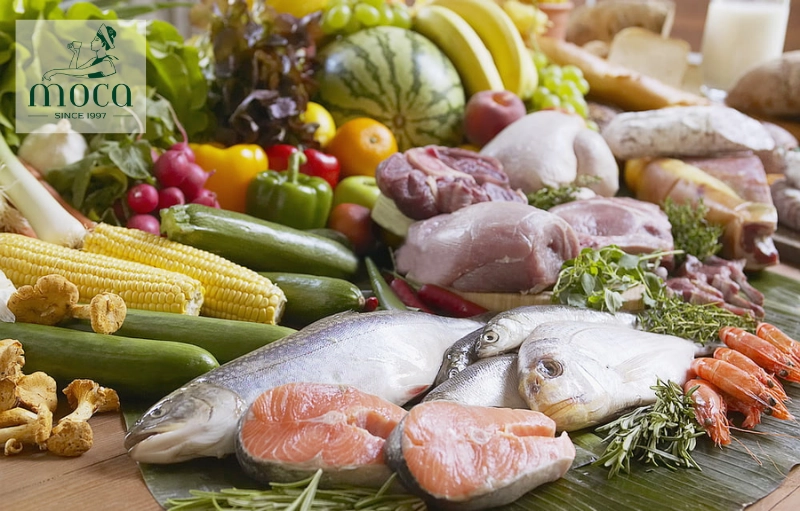
A chef sourcing ingredients directly from local farmers—ensuring freshness, ethical transparency, and reduced environmental impact.
2.2. Waste reduction and management
A staggering amount of food is wasted annually in the restaurant industry. Sustainable fine dining restaurants are tackling this challenge head-on by implementing comprehensive waste reduction strategies. This includes creative menu development that finds purpose for scraps and trimmings, precise portion control, and robust composting programs. The effort extends beyond food, with a focus on eliminating single-use plastics and reducing packaging waste throughout the supply chain.
Research & technology: The pursuit of a zero-waste kitchen is now aided by remarkable technology. Helsinki's Restaurant Nolla, a pioneer in this space, utilizes an in-house, closed-loop composting system that processes hundreds of kilograms of organic matter weekly, turning it back into soil for its farm suppliers. Other establishments employ AI-powered systems like Winnow, which use cameras and scales to analyze and track food waste, providing data that helps chefs reduce over-ordering and waste by up to 50%.
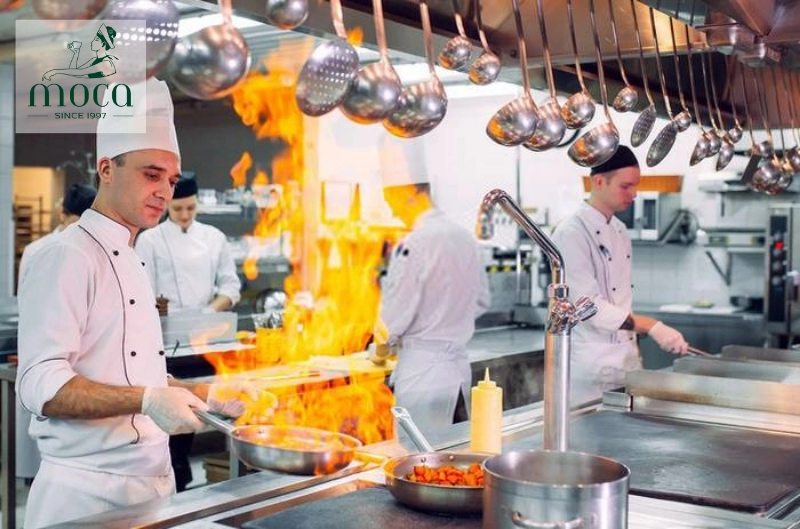
A zero-waste kitchen powered by AI and on-site composting—minimizing food waste and environmental impact through innovation and precision.
2.3. Energy and water efficiency
The environmental footprint of a restaurant goes beyond its menu. Leading establishments are investing in energy-efficient kitchen equipment, installing renewable energy sources like solar panels, and implementing sophisticated water conservation and recycling systems.
While these initiatives can require significant initial investment, they yield substantial long-term economic and environmental benefits, reducing operational costs and conserving precious resources. For instance, smart kitchen technology has been shown to reduce electricity usage by as much as 45% and cut water consumption by 75% in some establishments.
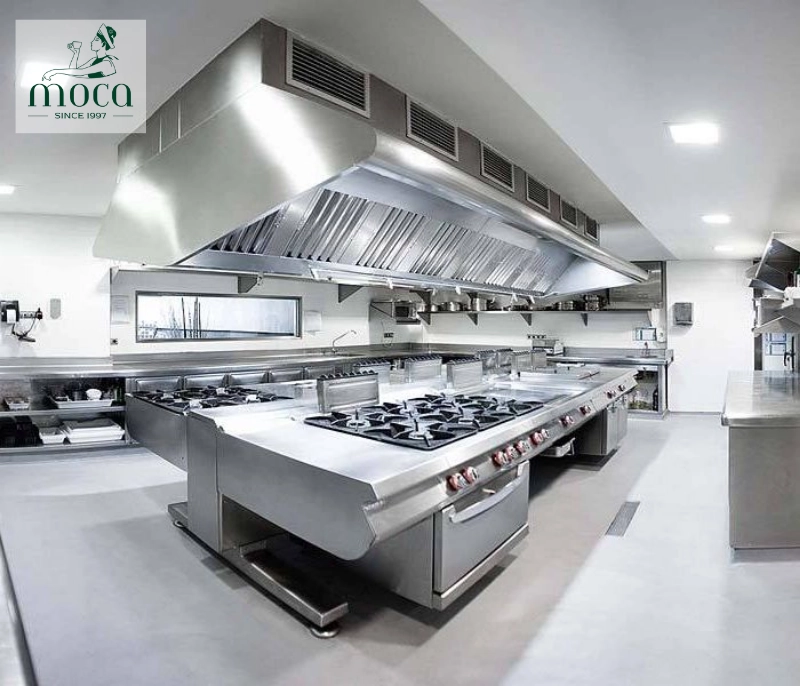
A modern kitchen powered by energy-saving appliances, solar panels, and smart water recycling—sustainable investment for lasting impact.
2.4. Fair labor practices and community engagement
True sustainability is a holistic concept that includes human and social capital. The world's best sustainable fine dining restaurants are committed to fair wages, providing safe and supportive working conditions, and investing in the professional development of their staff.
They understand that a restaurant is part of a larger community and actively seek to make a positive impact. This can take the form of partnering with local schools, supporting food banks, or creating programs to train young people from disadvantaged backgrounds, thereby fostering a cycle of social and economic well-being.
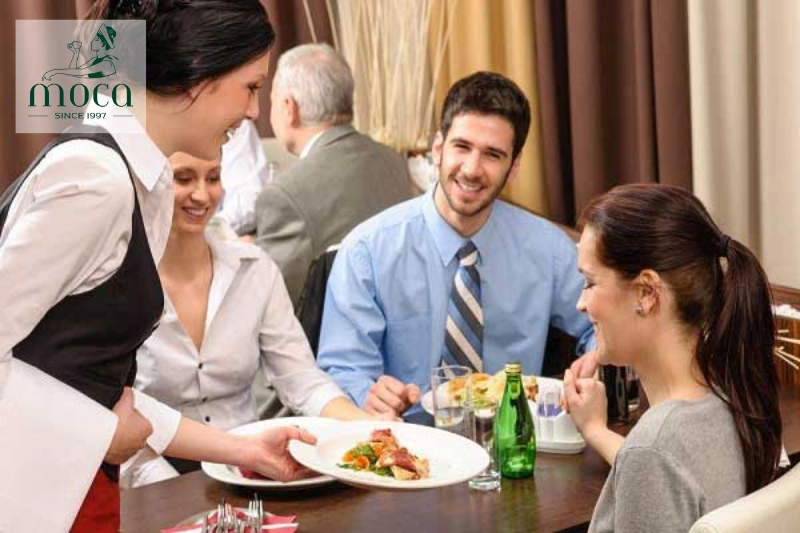
Fair labor and social engagement lie at the heart of true sustainability.
Learn more: The Art of Fine Dining Catering and Its Unmatched Impact
3. Impact on the fine dining experience and business model
3.1. Menu innovation and storytelling
Constraints often breed creativity, and sustainability is a powerful catalyst for menu innovation. A commitment to seasonal and local ingredients forces chefs to move beyond a static menu, creating dynamic, evolving offerings that reflect a specific time and place. This approach transforms the dining experience into a narrative. Storytelling becomes a key element, where the service team communicates the ethos of the restaurant, explaining the origin of an heirloom vegetable or the importance of a sustainably harvested fish.
Example: A dish can be built entirely around a single, humble ingredient to elevate it. At Roganic in Hong Kong, every part of a locally sourced duck—crown, leg, and carcass—is utilized across different elements of a single, cohesive dish, telling a story of respect for the animal and zero waste. This narrative depth adds a powerful intellectual and emotional layer to the culinary arts.
3.2. Operational challenges and opportunities
Embracing sustainable gastronomy is not without its challenges. Initial costs for specialized equipment or premium organic ingredients can be higher. Supply chains for local products can be less predictable than those of large-scale distributors, and staff require extensive training to execute the vision flawlessly. However, the opportunities far outweigh the hurdles. A strong sustainability program enhances brand reputation, attracts a growing demographic of conscious consumers, and can lead to significant long-term cost savings through reduced waste and lower energy consumption.
3.3. Consumer perception and value proposition
Diners today perceive and value sustainability as an integral part of the luxury experience. The transparency, authenticity, and ethical commitment demonstrated by sustainable fine dining restaurants create a powerful value proposition. As research consistently shows, a significant number of consumers are not only receptive to this but are actively willing to pay a premium for an experience they feel good about—one that delivers exceptional quality without compromising the health of our planet.
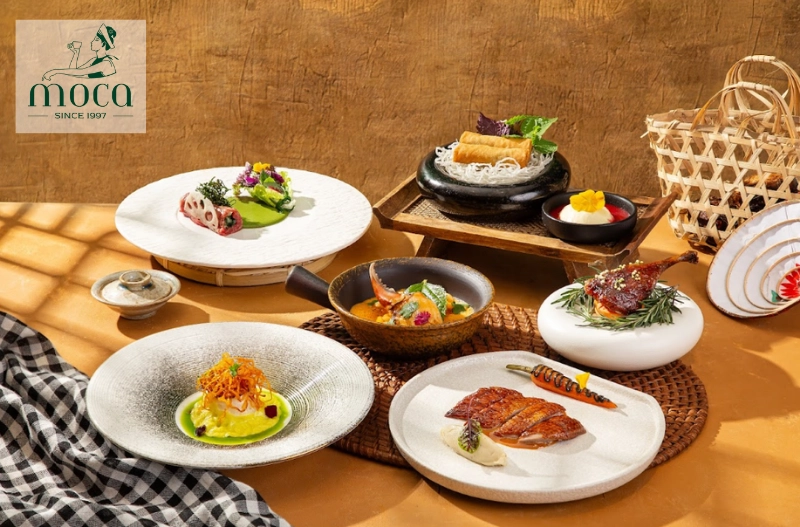
Sustainable fine dining blends flavor with storytelling—each dish becomes a narrative of origin, respect, and innovation, enriching the luxury experience.
4. Leading the way: Case studies in sustainable fine dining
4.1. Global examples of excellence
Several restaurants around the globe have become beacons for the movement of fine dining and sustainable cuisine.
- Blue Hill at Stone Barns, New York, USA: Led by chef Dan Barber, this restaurant is a temple of the farm-to-table philosophy. Situated on a working regenerative farm, it has redefined local sourcing and earned both two Michelin Stars and a Michelin Green Star for its deep integration of agriculture and gastronomy.
- Noma, Copenhagen, Denmark: A multi-time winner of The World's 50 Best Restaurants, Noma, under chef René Redzepi, is celebrated for its revolutionary approach to foraging, fermentation, and hyperlocal New Nordic cuisine. Its unwavering commitment to exploring its natural surroundings has also earned it a Michelin Green Star.
- Azurmendi, Larrabetzu, Spain: This three-Michelin-star restaurant is an architectural and ecological marvel. It was designed with recycled materials, utilizes geothermal and solar energy, and works to preserve local, endangered seed varieties, earning it the Sustainable Restaurant Award.
These establishments are recognized by prestigious awards like the Michelin Green Star, introduced in 2020 to specifically honor restaurants at the forefront of sustainable practices.
4.2. The future outlook
The integration of sustainability into high-end gastronomy is not a fleeting trend; it is a fundamental and permanent evolution of the industry. It represents the maturation of fine dining from a practice focused solely on the plate to a holistic philosophy that considers its impact on the entire ecosystem. This movement will continue to accelerate as more chefs, restaurateurs, and diners recognize that responsibility is the ultimate luxury.
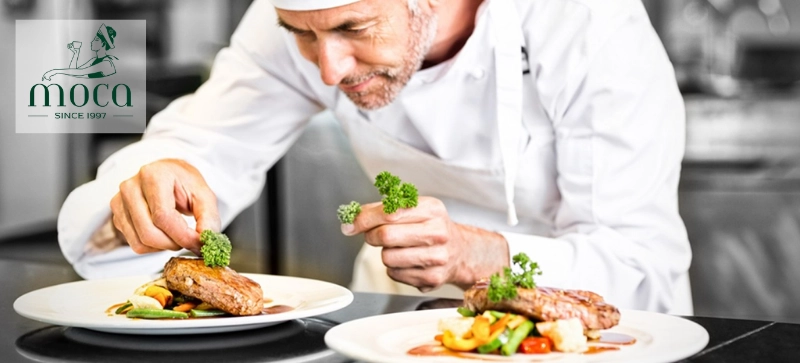
Pioneering restaurants shaping the future of sustainable gastronomy.
The convergence of fine dining and sustainable cuisine represents a harmonious and necessary evolution. It proves that a deep commitment to the planet does not compromise luxury but, in fact, enhances it. By embracing ethical sourcing, championing waste reduction, and fostering community, sustainable fine dining restaurants are not only creating extraordinary culinary experiences but are also crafting a more resilient, responsible, and inspiring future for gastronomy. They resonate deeply with a new generation of conscious patrons who seek authenticity and purpose in their every choice.
At Moca Dining, we’re inspired by the fusion of fine dining and sustainable cuisine. We're dedicated to creating experiences that are both exceptional and meaningful. Join us on this journey—make your reservation today.
